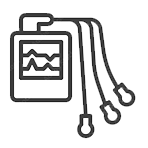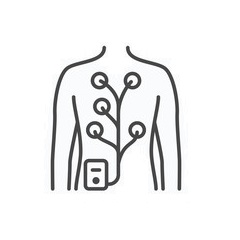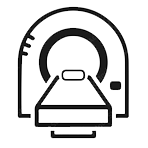Exercise Electrocardiogram (Stress Test)
Stress testing is used to evaluate blood flow through your heart. The process entails exercising on a treadmill while an electrocardiogram (ECG) measures the electrical activity of your heart.
Q & A
What exactly is stress testing?
Stress testing is used to evaluate blood flow through your heart. The process entails exercising on a treadmill while an electrocardiogram (ECG) measures the electrical activity of your heart. During exercise, your heart rate rises and ECG can be monitored to detect abnormal heart function that would not be detected during a resting ECG.
Why should I go through stress testing?
The ECG is a fundamental diagnostic tool in cardiology, therefore if you have symptoms of a cardiac disease, you will most likely be recommended to undergo this painless, noninvasive test because not all heart health issues will manifest when your heart is at rest. If your ECG readings appear normal at rest, your physician may recommend a stress test to assist determine the origin of your symptoms.
When you have an irregular cardiac rhythm, stress testing can help you determine the type of arrhythmia you have, and it can also help you diagnose coronary artery disease. If you are undergoing conservative medical therapy, you may require a stress test to assess your progress and response to medications.
How should I get ready for stress testing?
Typically, you should not eat or drink after a specific time before stress testing, and you should avoid coffee and some drugs that may interfere with the findings of the test. Certain medications that would interfere with the mandatory rise in heart rate during stress test will be stopped beforehand.
What exactly is stress testing?
A technician will connect electrodes to your body to begin the stress test. These are sticky pads with wires that transmit electrical signals from your heart to the ECG machine. When you’re ready, you start walking or cycling under supervision, and you’re told how much effort to put in. You progressively increase your speed until your heart rate meets the target set by your provider. Upon reaching the target, then you slow down to recover. The electrodes remain in place until your heart rate returns to normal, continuously providing information on how your heart operates while it recovers. The results are then analysed before being discussed with you.










